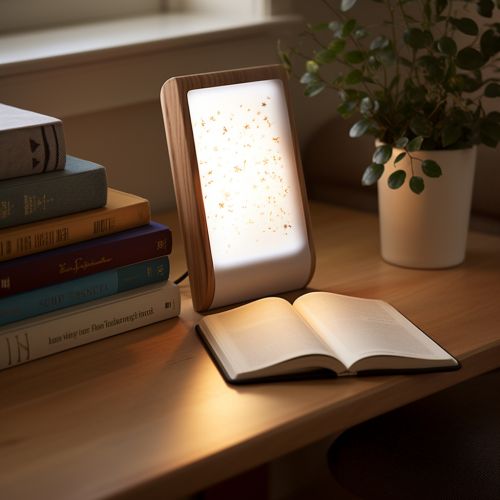Amazon Kindle
Overview
The Kindle is a series of e-readers designed and marketed by Amazon. Amazon Kindle devices enable users to browse, buy, download, and read e-books, newspapers, magazines and other digital media via wireless networking to the Kindle Store. The hardware platform, which Amazon subsidiary Lab126 developed, began as a single device in 2007. Currently, it comprises a range of devices, including e-readers with E Ink electronic paper displays and Kindle applications on all major computing platforms.
History
The Amazon Kindle was first released in the United States on November 19, 2007. The original Kindle had a 6-inch (15 cm) screen and used a modified version of the Linux operating system. The device was sold out within five and a half hours and remained out of stock for approximately five months. The device continued to sell well in 2008, with the company announcing that it had sold out for a second time in late May 2008. The Kindle 2 was released on February 23, 2009, featuring a text-to-speech option to read the text aloud, and 2 GB of internal memory of which 1.4 GB is user-accessible.


Design
The Kindle's industrial design was done by the Palo Alto-based company, IDEO. The Kindle has a 6-inch, 167 PPI E Ink display, which uses electronic ink technology to produce a print-like, high-contrast, glare-free reading experience. This makes the Kindle particularly suitable for reading in bright sunlight. The display is monochrome and uses sixteen shades of gray to render images and text. The device also includes a built-in dictionary, and the ability to place bookmarks, highlight text, and add notes.
Functionality
The Kindle allows for the download and purchase of books from Amazon's Kindle Store, which offers millions of books, newspapers, and magazines. The device connects to the store using Amazon's Whispernet network, a wireless network that uses the same technology as cell phones. The Kindle can hold thousands of books, thanks to its internal memory, and the battery life lasts for weeks on a single charge.
Software
The Kindle's operating system is based on the Linux 2.6.10 kernel. The device's Whispernet feature was co-designed with Qualcomm, and Kindle was the first device to include free US-wide 3G access to download e-books from Amazon's Kindle Store. The Kindle's internal software can be updated wirelessly and includes a web browser that uses NetFront.
Reception
The Kindle has been well received by critics and consumers alike. Critics praised the device for its readability, battery life, and ease of use. However, the lack of physical buttons for page turning and the inability to create collections or series of books were pointed out as shortcomings.
